Active recovery is exactly as the name suggests. For a healthy and active person, this kind of thing isn’t difficult because they naturally have an active lifestyle but to the would be could be new starter, and the people who don’t like training or exercise and have a low activity lifestyle in general this area may seem like a chore in its self.
It’s so much easier if you have an active hobby such as running, riding a bike, paddle sport or racquet sports, all of which would be perfectly viable means of active recovery if you do it recreationally and non-competitively.
The main benefit of active recovery is that it reduces post exercise soreness and muscle damage due to the circulation benefits (just like LISS). It helps alleviate fatigue and moods that typically crash after heavy bouts of training and competition, again just like LISS. I however would argue that active recovery is totally different to LISS purely because active recovery is more of a recreational activity and LISS can be structured to become part of the plan you’re trying to implement. Despite their differences and similarities both remain great ways to stay motivated and accountable on the days you’re not training. If you’re working to a set plan and looking for ways to optimise recovery LISS has the edge, but active recovery will certainly do you and your mood no wrong.

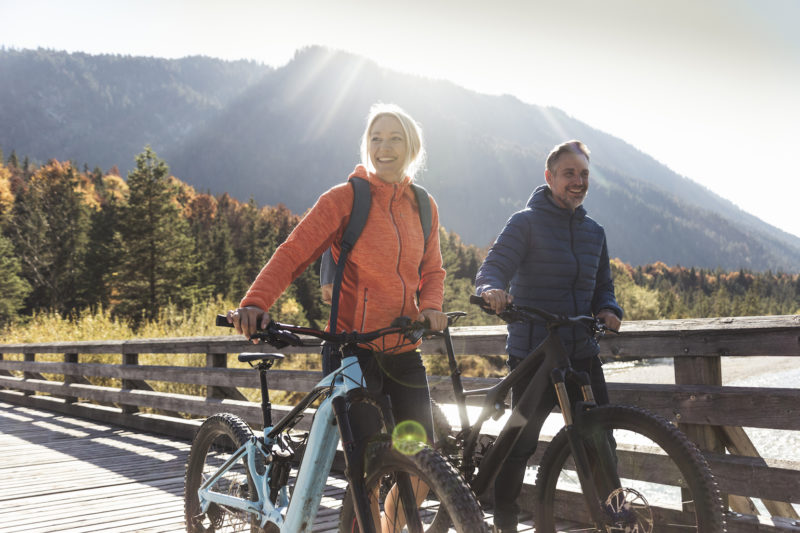
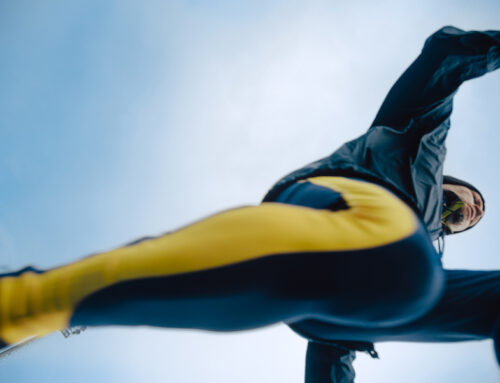
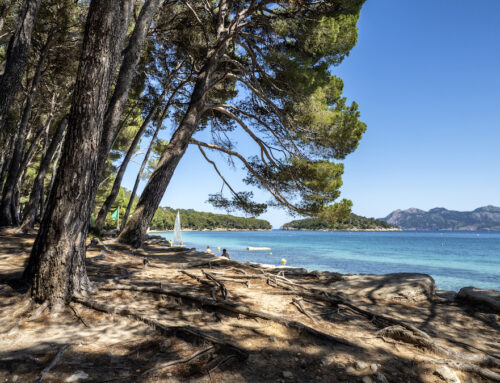
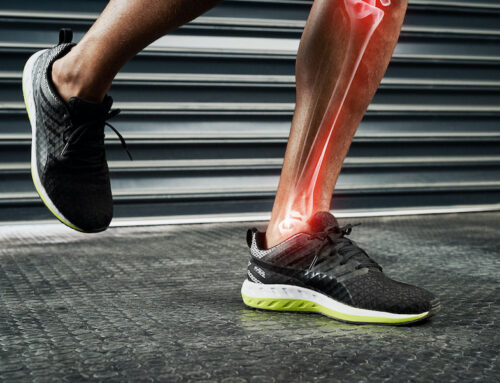
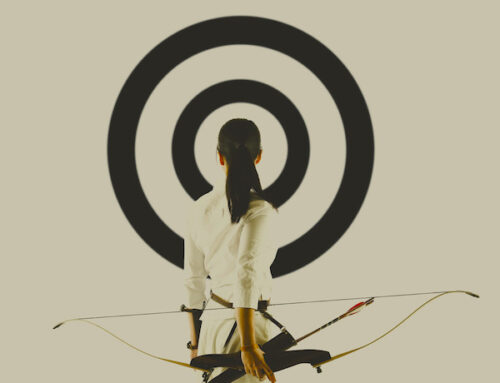
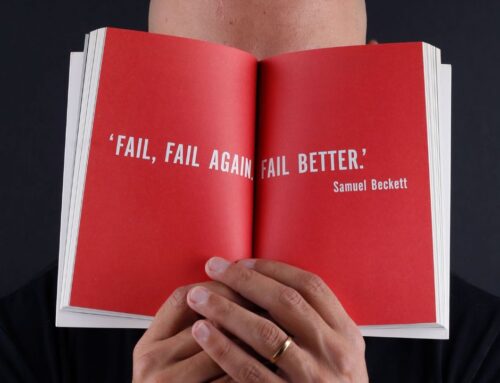
 >
>

Leave a Reply